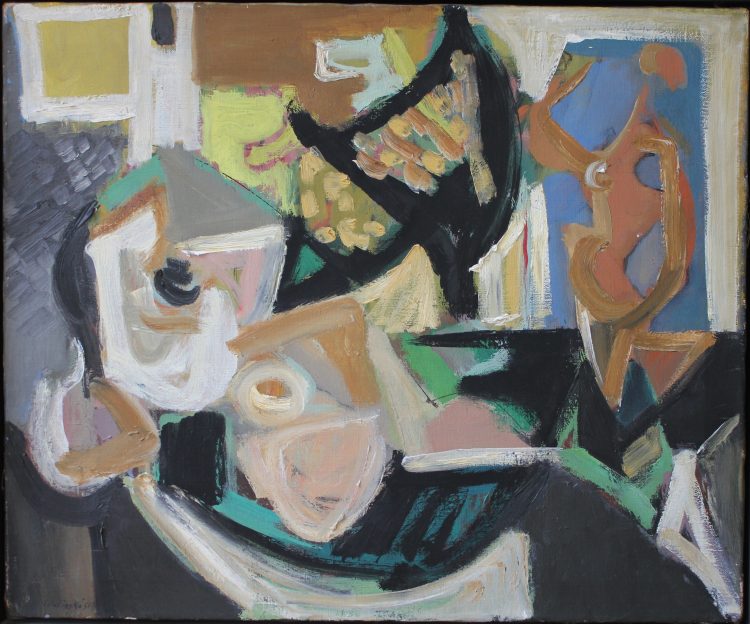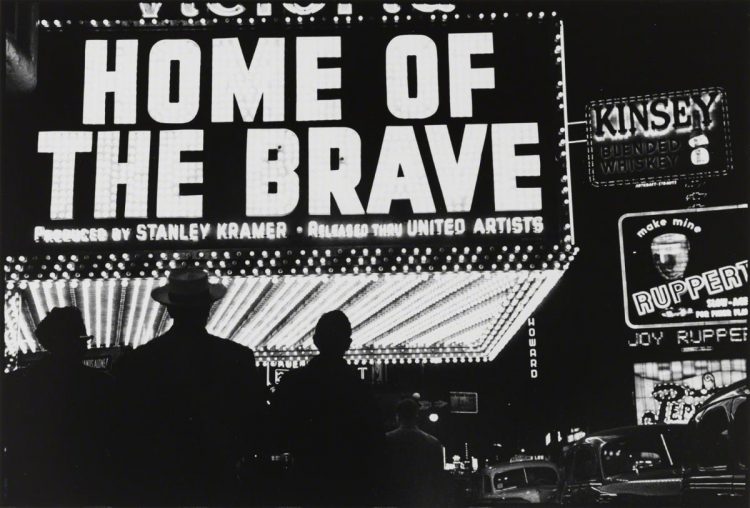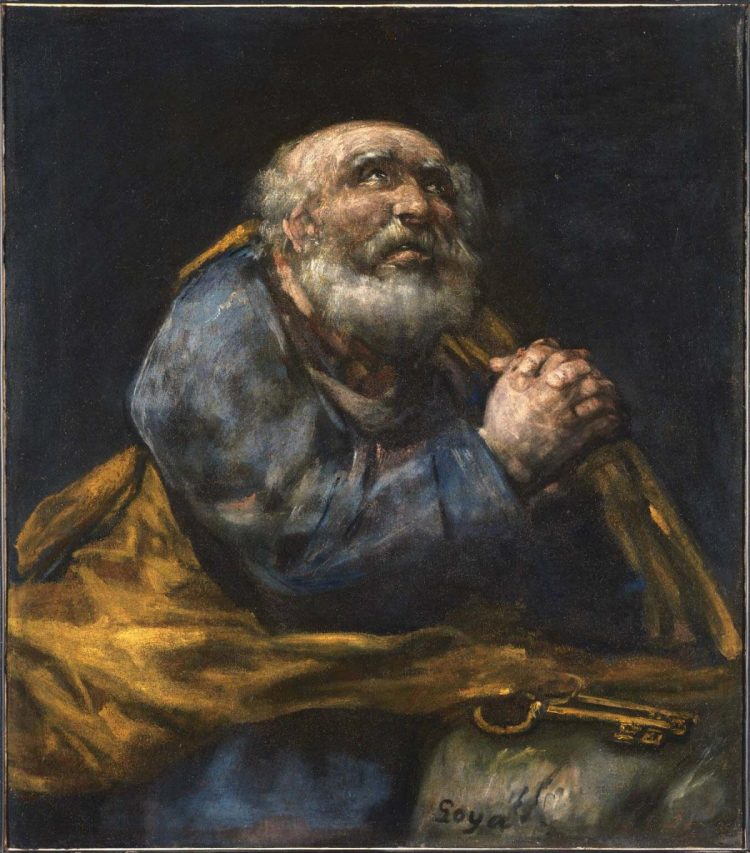The Phillips Collection engages with local voices by asking community members to write labels in response to works in the collection. Read some here on the blog and also in the galleries of Seeing Differently: The Phillips Collects for a New Century. How do these perspectives help you see differently? What would you write about these artworks?
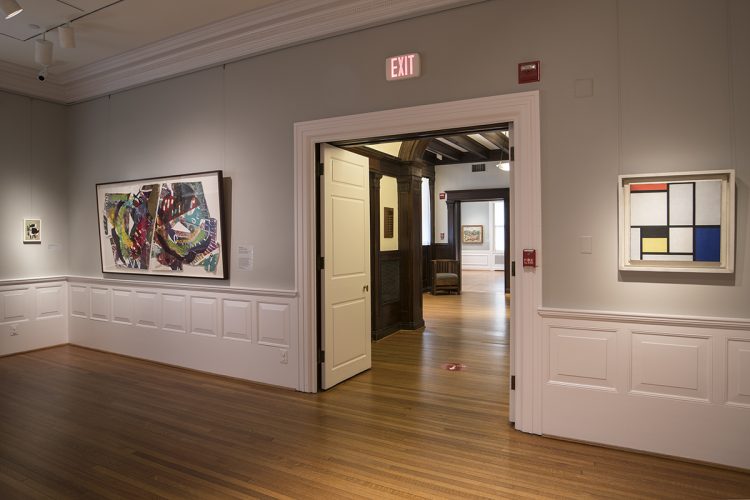
Installation view of Seeing Differently: The Phillips Collects for a New Century, featuring (left to right) Ilya Bolotowsky, Abstraction (ca. 1940), Sam Gilliam, Purple Antelope Space Squeeze (1987), and Piet Mondrian, Composition No. III (ca. 1921/repainted 1925), on view in the Phillips House galleries
I first became acquainted with this work at the National Art School in Sydney, Australia, where I trained as an artist. I could only imagine the texture of the subtle cracking of its pigment on canvas and the precise shades of traffic-light red, evening sky blue, and tart lemon yellow. It was in these art history classes, learning how improvisational jazz and the gridded New York City street structure had influenced this iconic series by Mondrian, that I first dreamed of moving to New York myself one day. A few years later, I made that move as a young and bright-eyed artist to the city that Mondrian and I both share a love. In 2017, I found myself face to face with this very work, having moved again to Washington, DC, to undertake an artist residency at the innovative Halcyon Arts Lab. With the emphatic support of The Phillips Collection, we launched my installation The Future Women, a 20-year time capsule of letters written by the public to the next generation of women to historicize the anniversary of the historic 2017 Women’s March. I pinched myself each time I saw the installation, not being able to believe my luck that sitting in the very same room, right next to it, was Mondrian’s Composition No. III.
—Georgia Saxelby, Artist
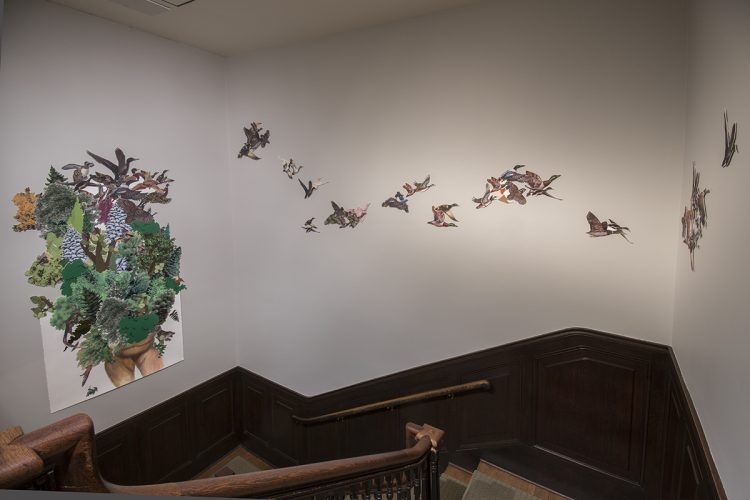
Installation view of Seeing Differently: The Phillips Collects for a New Century, featuring Zoë Charlton, The Country A Wilderness Unsubdued, 2018, Graphite and acrylic on paper with collaged printed paper on matboard, The Phillips Collection, Contemporaries Acquisition Fund, 2019
I’m a selfish art lover. I’m drawn to art that tells a story, especially when I can see myself in the art, when I can find stories that she may or may not have even intended. Zoë Charlton’s multi-dimensional work urges me to explore and wonder about the world. It is through this curiosity that I learn more about myself and my place in the world and become more connected to the fabric of humanity.
—Philippa P.B. Hughes, social sculptor | chief creative strategist

